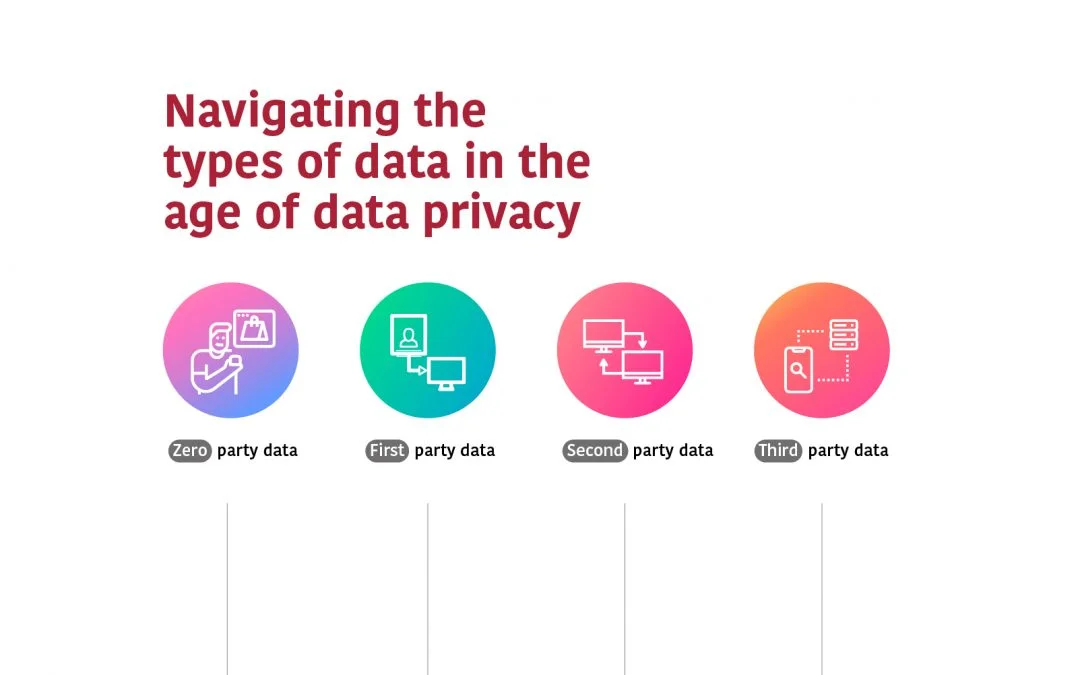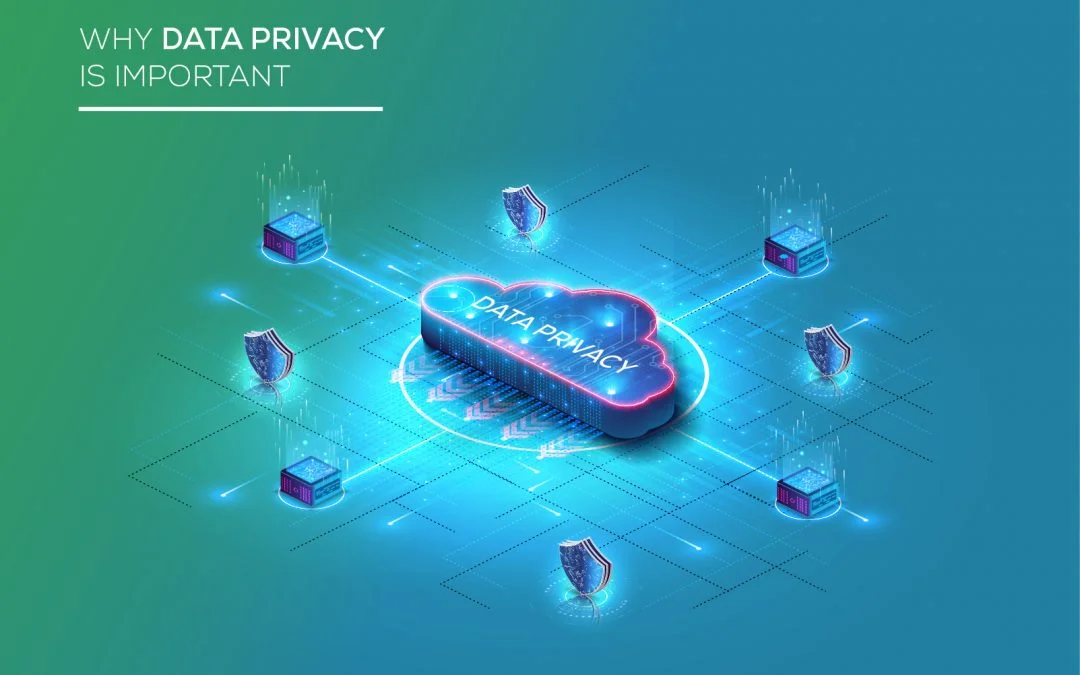- Design industry shaping loyalty programs
- Integrate easily and go live quicker
- Deliver hyper-personalized consumer experiences
Blue Rewards from Al Futtaim Group Shares Loyalty Success Stories and Evolution. Watch Podcast >
Capillary Triumphs with 4 Prestigious Wins at the 2025 International Loyalty Awards! Read more >

Without Big Data Analytics, companies are blind and deaf, wandering out onto the web like deer on a freeway.
– Geoffrey Moore, Organizational Theorist.
Data analytics is a strategic advantage that all brands must leverage for a successful customer engagement and loyalty. As third-party cookies phase out, brands are shifting to zero-party and first-party data to maintain personalized customer engagement while ensuring transparency. But what exactly do these data types mean, and how do they compare?
From zero-party data, where customers willingly share preferences, to third-party data gathered from external sources, understanding these distinctions is crucial for businesses navigating today’s data-driven world. In this blog, we break down zero, first, second, and third-party data, highlighting their impact on privacy, marketing, and consumer trust in 2025.
Understanding the different types of data (zero-party, first-party, second-party, and third-party data) is crucial for marketers looking to enhance customer engagement, improve personalization, and maintain data privacy compliance. Choosing the right data collection strategy helps brands build trust and transparency while improving targeting efforts. Let’s break down the key differences:
Zero-party data, also known as self-reported data, is explicitly shared by customers in exchange for personalized experiences. Coined by Forrester, it refers to highly valuable, consent-driven data that brands collect directly from consumers.
For example, businesses can deploy interactive surveys, preference centers, and quizzes to gather zero-party data for hyper-personalized marketing. Consumers willingly provide this data because they benefit from better recommendations and tailored experiences.
First-party data consists of customer data collected directly by brands through owned channels such as point-of-sale (POS) systems, loyalty programs, CRM platforms, and customer feedback forms. This data may include a consumer’s name, email, phone number, and purchase history.
With the decline of third-party cookies, brands are increasingly leveraging first-party data strategies for better customer insights and marketing personalization. Social media platforms also contribute to first-party data, provided users grant permission via privacy settings and preferences.
Second-party data is essentially another company’s first-party data that is shared through direct partnerships. Unlike third-party data, which is aggregated from various sources, second-party data is acquired from trusted collaborators, ensuring better accuracy and reliability. Retail media networks and co-branded partnerships often use second-party data to expand audience reach while staying compliant with data regulations.
Third-party data is collected from external sources and often aggregated across various websites and platforms. While it provides insights into customer demographics and online behaviors, its effectiveness is diminishing due to privacy concerns, data inaccuracies, and regulatory shifts like GDPR (General Data Protection Regulation) and CCPA (California Consumer Privacy Act).
With major browsers phasing out third-party cookies, brands must shift towards zero-party and first-party data strategies to maintain customer trust and data privacy compliance.
Now that we understand the role of zero-party and first-party data, it’s clear that direct consumer data is the most valuable asset for modern marketers. With consumer privacy laws tightening and third-party cookies disappearing, businesses need to adopt a data-driven strategy that prioritizes transparency and customer preferences.
A Customer Data Platform (CDP) is a powerful solution that helps unify data across multiple touchpoints. By leveraging AI-driven data analysis, a CDP enables brands to eliminate duplicates, segment audiences, and create personalized marketing campaigns that remain compliant with privacy laws. If your brand is looking for an effective data-collection strategy, contact our experts to explore how a CDP can help.
But while a CDP helps brands centralize customer data, an important question remains, should your brand prioritize zero-party or first-party data?
Both zero-party and first-party data are valuable, but they serve different purposes. Zero-party data is explicitly provided by customers, making it ideal for hyper-personalization and consent-driven marketing. However, it requires active participation, meaning brands must create compelling touchpoints to encourage data sharing.
First-party data, on the other hand, is passively collected from customer interactions, such as website behavior, purchase history, and CRM records. While it provides strong behavioral insights, it lacks the direct intent clarity that zero-party data offers.
The best strategy is to combine both, using zero-party data to understand preferences and first-party data to track real-world actions. Together, they create a powerful, privacy-compliant approach that strengthens personalization, customer engagement, and long-term customer trust.
While first-party data is valuable for businesses, many consumers remain concerned about how their data is used. Wunderkind’s ‘Kindness in Advertising’ report showed that 70% of consumers believe advertisers don’t respect their digital experience, with a further 95% reporting that they are bothered by intrusive ads. Consumers increasingly prefer brands that prioritize transparency in data collection.
Second-party data, though sourced from trusted business partners, still raises privacy concerns since consumers are often unaware that their data is being shared. Similarly, third-party data faces credibility issues due to its aggregated nature and lack of direct consumer consent.
This is why zero-party data is emerging as the future of privacy-first marketing. Consumers willingly share personalized insights such as shopping preferences, interests, and brand affinities, this consent-driven approach fosters trust and engagement. However, brands must ensure a frictionless opt-out process to respect consumer autonomy and uphold ethical data collection practices.
By shifting towards zero-party data collection strategies, businesses not only enhance customer relationships but also future-proof their marketing efforts against evolving privacy regulations.
Loyalty programs are more than just retention tools, they also act as a goldmine for zero-party data. With global data privacy regulations tightening, brands must shift toward consent-driven strategies, and loyalty programs naturally encourage consumers to share valuable information in exchange for rewards, discounts, and personalized experiences.
By integrating quizzes, preference centers, and gamified surveys into loyalty programs, brands can gather high-quality customer insights while leading to more tailored recommendations and meaningful customer engagement. For instance, an apparel retailer offering loyalty points for sharing size, style, or shopping habits can create a more personalized shopping experience while ensuring compliance with evolving privacy laws.
In a privacy-first world, brands that balance personalization with transparency will earn customer trust and long-term loyalty. Zero-party and first-party data offer a compliant and ethical approach to collecting valuable insights while ensuring customers remain in control of their data.
The key to success lies in adopting data strategies that respect consumer privacy while delivering meaningful value. Loyalty programs, preference-based marketing, and responsible data collection are essential for staying ahead in the future of meaningful customer engagement.
Ready to future-proof your customer data strategy? Get in touch with our experts today.

February 24, 2022 | 4 Min Read
With increasing inclination of marketers towards data-driven

March 14, 2018 | 4 Min Read
In the previous post of our Think Again Series we covered th

March 14, 2018 | 4 Min Read
In the previous post of our Think Again Series we covered th